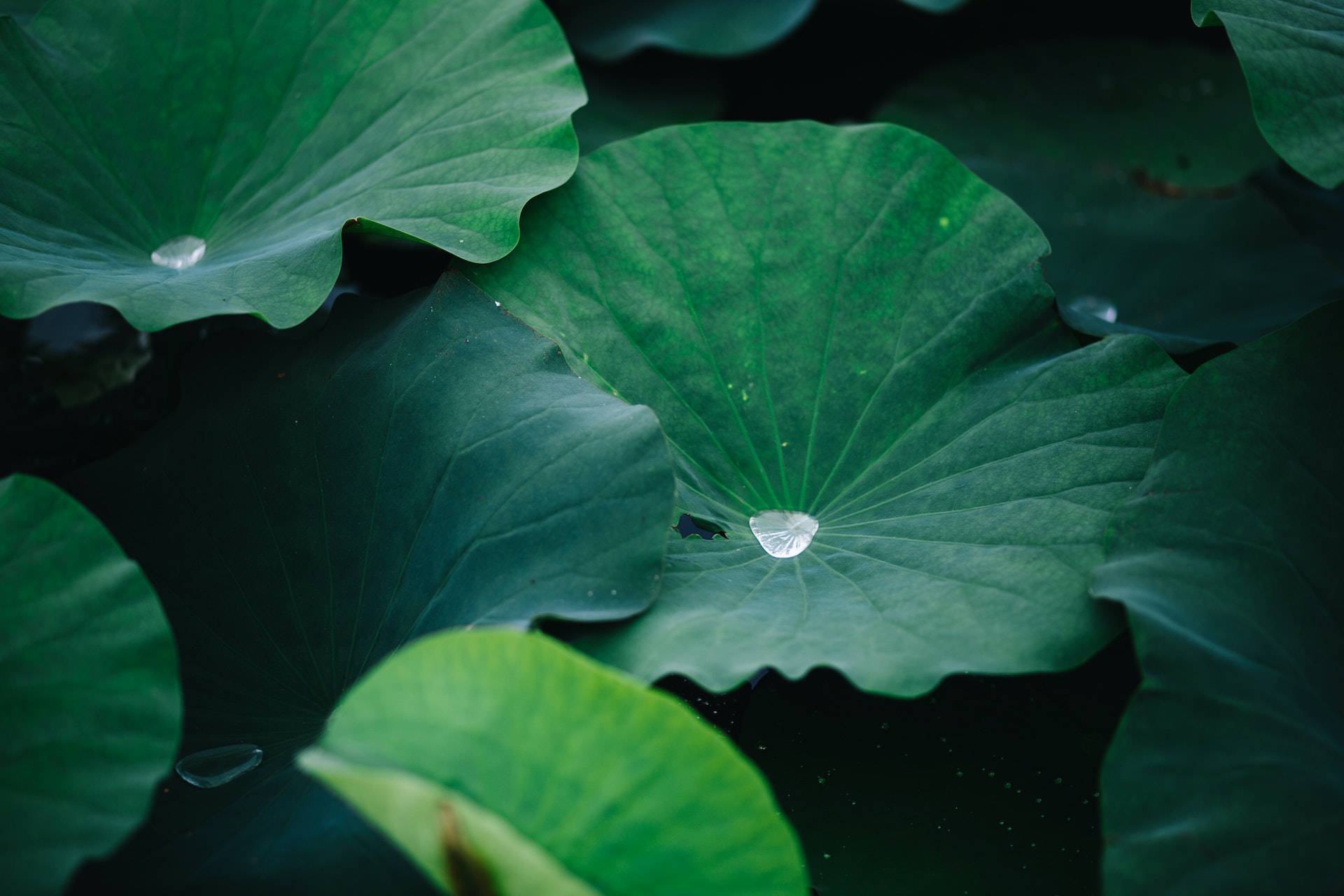When dealing with aquatic vegetation, various methods must be considered. Among these methods are biological control, herbicides, and fertilization. It is also important to know about the legal requirements of your area before implementing any management plan. However, once you’ve determined the appropriate method, there are still several steps to follow, including proper education about the subject and the proper use of chemical agents.
Mechanical Control
In aquatic vegetation management, mechanical control removes aquatic plants and organic materials using equipment and manual labor. Depending on the size of the area, this method can take a long time. However, it can effectively control these plants in the short term. After it is done, the plants must be removed from the lake.
Plant managers first tried chemical control methods in the early 20th century but were soon abandoned due to their ineffectiveness and toxicity to non-target species. As a result, resource managers began turning to mechanical control methods such as harvesters and crusher boats.
Biological Control
Biological control of aquatic vegetation is a method of controlling invasive plants through natural enemies. Biological control agents have successfully controlled plant species such as water hyacinth, the most common invasive weed in the U.S., since the 1970s. The introduction of two species of leaf-feeding weevils in Florida and the Gulf Coast resulted in a reduction of water hyacinth biomass by 70 percent. These weevils have also been released in more than twenty countries.
Biotic control agents are introduced by introducing them to a new area, where they are studied by scientists and released in the new habitat. It is the most common type of biological control.
Herbicides
Although herbicides are widely used, they are not without risk. They may cause aquatic vegetation impairment and damage to aquatic life. In addition, these chemicals must be used according to labeled rates, which have been determined through extensive research. The use of excessive herbicide rates will increase treatment costs and the risk of injury to fish. On the other hand, applying a low rate will not have the desired effect and can cause poor weed control.
Aquatic herbicides are water-soluble compounds with one or more active ingredients. Typically, they come in either liquid or granular form. In addition, they should be formulated in a manner that is compatible with your application equipment and easy to use. Most aquatic herbicides are formulated as liquids easily metered into the spray tank and applied to the subsurface.
Fertilization
Fertilization is an essential part of aquatic vegetation management, and the timing of fertilization is critical. Applying fertilizer during the spring and summer is best when water temperatures are at least sixty degrees Fahrenheit. However, it is essential to stop fertilizing when water temperatures drop below 65 degrees F, typically occurring in October.
Fertilization is done in two ways: as a liquid or granular fertilizer. Liquid fertilizers are easier to apply and maybe four times more effective than granular varieties. However, liquid fertilizers can also contain a high amount of phosphorus. Therefore, it’s important to check for bloom density when applying fertilizer. You can tell how dense the bloom is by using a Secchi disk.
Fertilization can help prevent weed growth and increase water productivity in a pond. In addition, a good fertilization program will improve fish catch by providing nutrients to the food organisms that fish feed on. Moreover, it will increase the number of predator fish such as bass. Lastly, fertilization programs should be consistent to help maintain a productive pond.
Grass Carp
Aquatic vegetation management is a vital part of lake ecosystems. Plants provide food for fish and other aquatic animals, stabilize sediments, and increase water clarity. They also add variety to the shallow areas of a lake. However, when weeds become too abundant, they hinder human water use and can compromise the structure of the aquatic ecosystem. Fortunately, grass carp are a beneficial and environmentally sound fish that can help with the problem. Their feeding habits and biological features make them a good choice for controlling aquatic vegetation.
When grass carp are plentiful and nutritious, they grow quickly and attain a large size. These fish are known to live for as many as ten years. In ponds with very little vegetation, they may not be the most effective way to control algae, but they are an inexpensive way to control the population.





